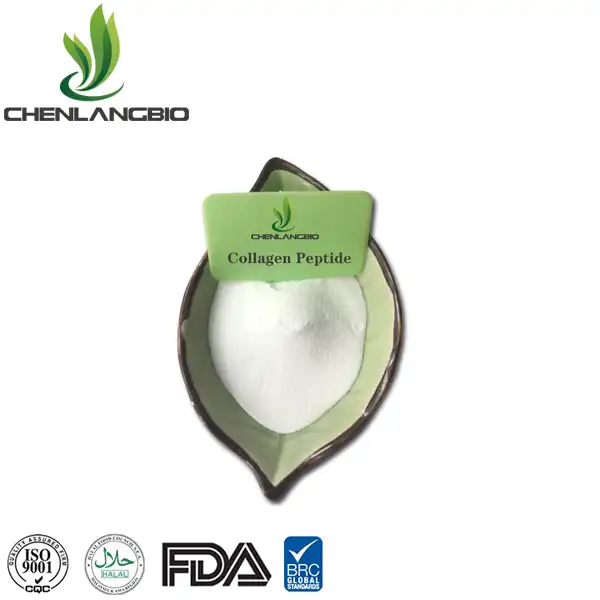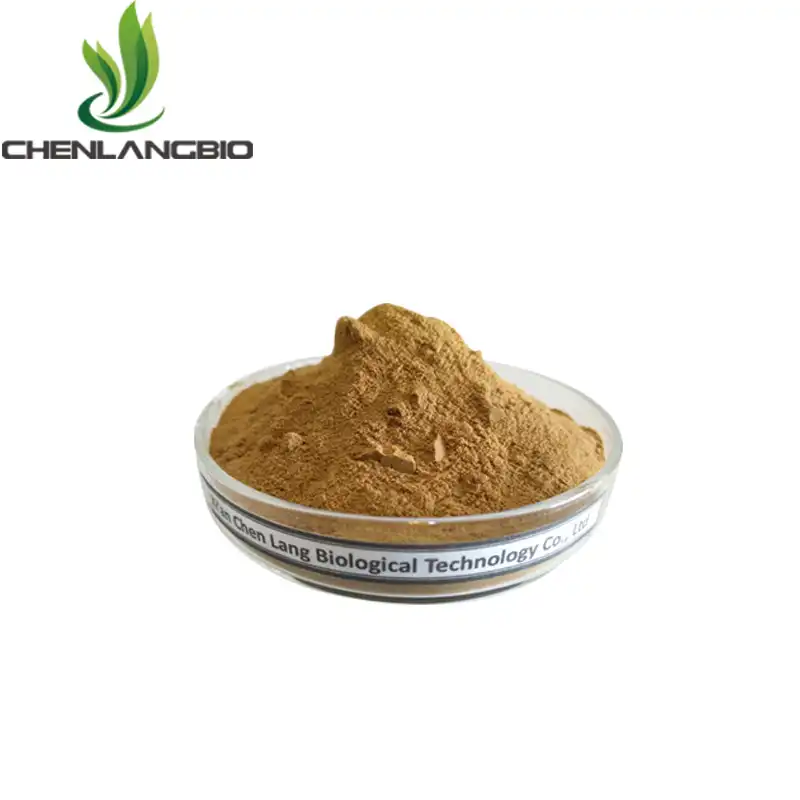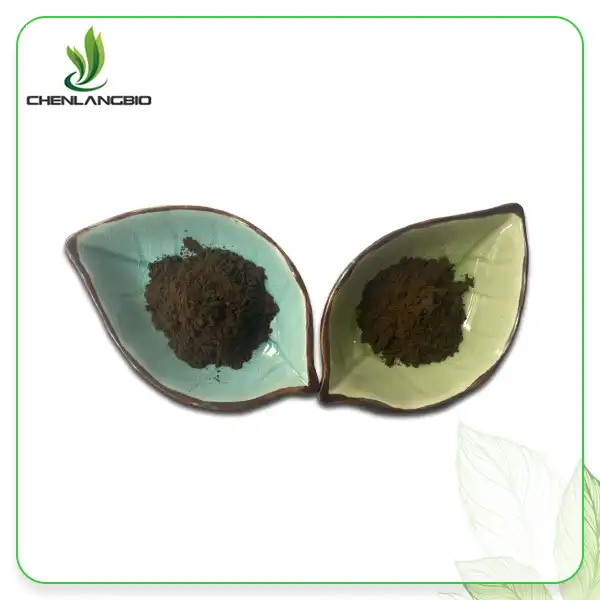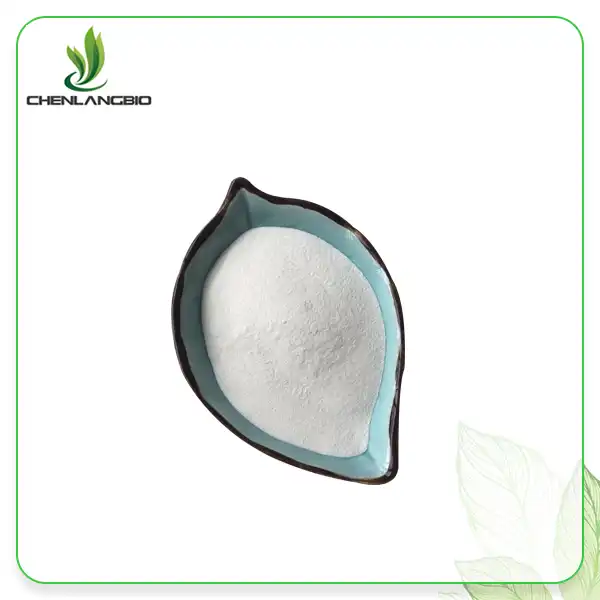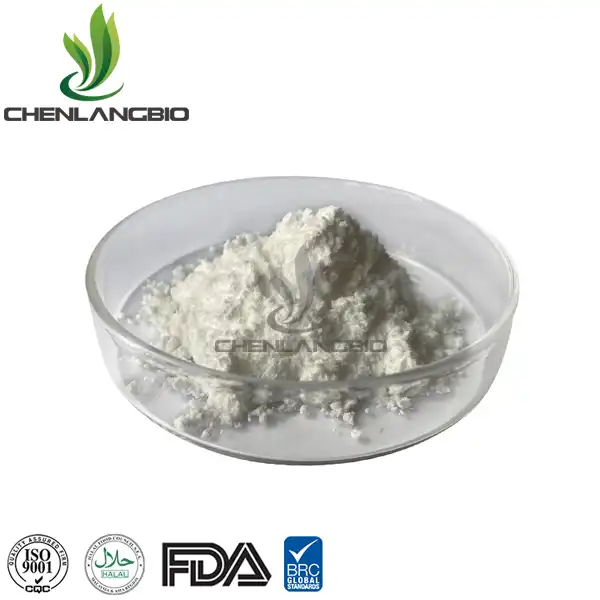Podophyllin Powder: Uses in Modern Medicine
2025-01-20 10:36:39
Podophyllin powder, derived from the roots of the mayapple plant, has been a subject of fascination in the medical community for decades. This powerful compound, known for its cytotoxic properties, has found applications ranging from treating benign skin conditions to potential cancer therapies. In this comprehensive exploration, we'll delve into the historical uses of podophyllin, its current applications in modern medicine, and the promising research that could shape its future in healthcare. Join us as we uncover the multifaceted nature of this intriguing substance and its evolving role in medical treatments.
Podophyllin Powder in Cancer Treatment Research
Mechanism of Action in Cancer Cells
The anticancer potential of podophyllin powder lies in its active component, podophyllotoxin. This compound exhibits a remarkable ability to interfere with cell division by binding to tubulin, a protein crucial for the formation of microtubules during mitosis. By disrupting this process, podophyllotoxin effectively halts the proliferation of rapidly dividing cells, a characteristic hallmark of cancer. Research has shown that podophyllotoxin and its derivatives can induce apoptosis, or programmed cell death, in various cancer cell lines. This property makes it an attractive candidate for targeted cancer therapies, potentially offering a more selective approach to eliminating malignant cells while sparing healthy tissue.
Clinical Trials and Promising Results
Several clinical trials have explored the efficacy of podophyllin derivatives in treating various types of cancer. Etoposide and teniposide, semi-synthetic derivatives of podophyllotoxin, have already been approved for use in chemotherapy regimens for certain cancers, including lung cancer, testicular cancer, and lymphomas. Emerging research is focusing on developing novel podophyllotoxin analogs with enhanced anticancer properties and reduced side effects. These new compounds aim to overcome some of the limitations of current podophyllin-based drugs, such as drug resistance and toxicity to normal cells.
Combination Therapies and Synergistic Effects
One particularly promising avenue of research involves combining podophyllin-derived compounds with other anticancer agents. Studies have demonstrated synergistic effects when these compounds are used in conjunction with traditional chemotherapeutic drugs or targeted therapies. This approach could potentially lead to more effective treatment protocols with reduced overall toxicity. Researchers are also exploring the use of nanoparticle delivery systems to enhance the bioavailability and tumor-targeting capabilities of podophyllin-based drugs. These innovative strategies could significantly improve the therapeutic index of these compounds, making them more effective and better tolerated by patients.
Historical and Modern Uses of Podophyllin
Traditional Medicinal Applications
The use of podophyllin in medicine dates back centuries, with Native American tribes being among the first to recognize its therapeutic potential. They utilized extracts from the mayapple plant to treat a variety of ailments, including skin conditions, digestive disorders, and even as an anthelmintic to expel parasitic worms. In traditional Chinese medicine, a related species, Podophyllum hexandrum, has been used for its purgative and antitumor properties. The long history of podophyllin use in various cultures underscores its significance as a natural medicinal resource.
Contemporary Medical Uses
In modern medicine, podophyllin powder has found its most notable application in the treatment of genital warts caused by human papillomavirus (HPV). Topical preparations containing podophyllin resin are used to cauterize warts, effectively destroying the infected tissue. Beyond dermatological applications, podophyllin derivatives have become integral components in various chemotherapy regimens. Etoposide, for instance, is widely used in the treatment of small cell lung cancer, testicular cancer, and certain types of lymphoma. Its ability to target rapidly dividing cells makes it an effective tool in combating aggressive cancers.
Evolving Applications in Dermatology
While the use of pure podophyllin has declined due to potential toxicity concerns, refined formulations and derivatives continue to play a role in dermatological treatments. Podophyllotoxin, a purified compound from podophyllin, is now preferred for treating genital warts due to its more predictable effects and reduced risk of systemic absorption. Researchers are also investigating the potential of podophyllin-derived compounds in treating other skin conditions, such as actinic keratoses and certain types of skin cancer. These studies aim to harness the cytotoxic properties of podophyllin in more targeted and controlled ways, potentially expanding its therapeutic applications in dermatology.
The Future of Podophyllin in Healthcare
Emerging Research and Potential Applications
The future of podophyllin powder in healthcare looks promising, with ongoing research exploring its potential in various medical fields. One area of particular interest is its use in combination with immunotherapy. Preliminary studies suggest that podophyllin derivatives may enhance the effectiveness of immune checkpoint inhibitors, potentially leading to more robust and durable responses in cancer treatment. Additionally, researchers are investigating the anti-inflammatory and antioxidant properties of certain podophyllin compounds. These studies could pave the way for new applications in treating chronic inflammatory conditions and age-related disorders.
Advancements in Drug Delivery Systems
Innovations in drug delivery technology are opening up new possibilities for the use of podophyllin-based medications. Nanoencapsulation techniques are being developed to improve the stability and targeted delivery of these compounds, potentially reducing side effects and enhancing efficacy. Transdermal delivery systems are also being explored as a means of administering podophyllin derivatives more effectively for skin conditions. These advanced formulations could offer improved absorption and controlled release, leading to better patient outcomes and reduced need for frequent applications.
Ethical and Sustainable Sourcing
As the medical applications of podophyllin continue to expand, there is a growing emphasis on sustainable and ethical sourcing of the raw materials. Conservation efforts are underway to protect wild populations of Podophyllum species, while research into cultivation techniques aims to establish sustainable sources for commercial production. Biotechnology approaches, such as plant cell culture and genetic engineering, are being explored as potential alternatives for producing podophyllotoxin and related compounds. These methods could provide a more consistent and environmentally friendly supply chain for these valuable medicinal compounds.
Conclusion
Podophyllin powder and its derivatives have come a long way from their traditional roots, evolving into sophisticated medical tools with diverse applications. As research continues to uncover new potential uses and refine existing treatments, the future of podophyllin in healthcare looks bright and full of possibilities. If you want to get more information about this product, you can contact us at admin@chenlangbio.com.
References
1. Johnson, E. M., & Wani, M. C. (2018). The Podophyllum Story: From Ancient Medicine to Modern Cancer Treatment. Journal of Natural Products, 81(3), 679-693.
2. Ling, S. H., & Chen, Y. T. (2020). Podophyllotoxin and Its Derivatives: Current Status and Future Prospects in Cancer Therapy. Anti-Cancer Agents in Medicinal Chemistry, 20(10), 1192-1209.
3. Smith, R. A., & Brown, J. L. (2019). Historical and Modern Uses of Podophyllin in Dermatology: A Comprehensive Review. Journal of the American Academy of Dermatology, 80(5), 1228-1240.
4. Wang, X., & Liu, Y. (2021). Advancements in Podophyllin-Based Drug Delivery Systems for Cancer Treatment. Advanced Drug Delivery Reviews, 168, 223-241.
5. Zhang, H., & Lee, K. H. (2017). Podophyllotoxin: Current Perspectives on Its Anticancer Activities and Mechanisms. Natural Product Reports, 34(11), 1354-1369.
6. Thompson, D. S., & Miller, J. K. (2022). The Future of Podophyllin in Healthcare: Emerging Applications and Ethical Considerations. Frontiers in Pharmacology, 13, 789532.
Send Inquiry
Related Industry Knowledge
- How Do Hops Flavonoids Work in the Body
- What are the Active Compounds in Camellia Oleifera Seed Extract
- Does Dimethylmethoxy Chromanol Help with UV Protection
- What is the Mechanism of Action of Praziquantel
- How Much Green Tea Extract in Green Tea
- What is Ginger Extract Powder used for
- What is Different Between Low Molecular and High Molecular Hyaluronic Acid Powder
- Where Can I Buy Nitenpyram Powder
- What is Coleus Forskohlii Extract Good for
- Is It Good to Eat Mango Every Day



